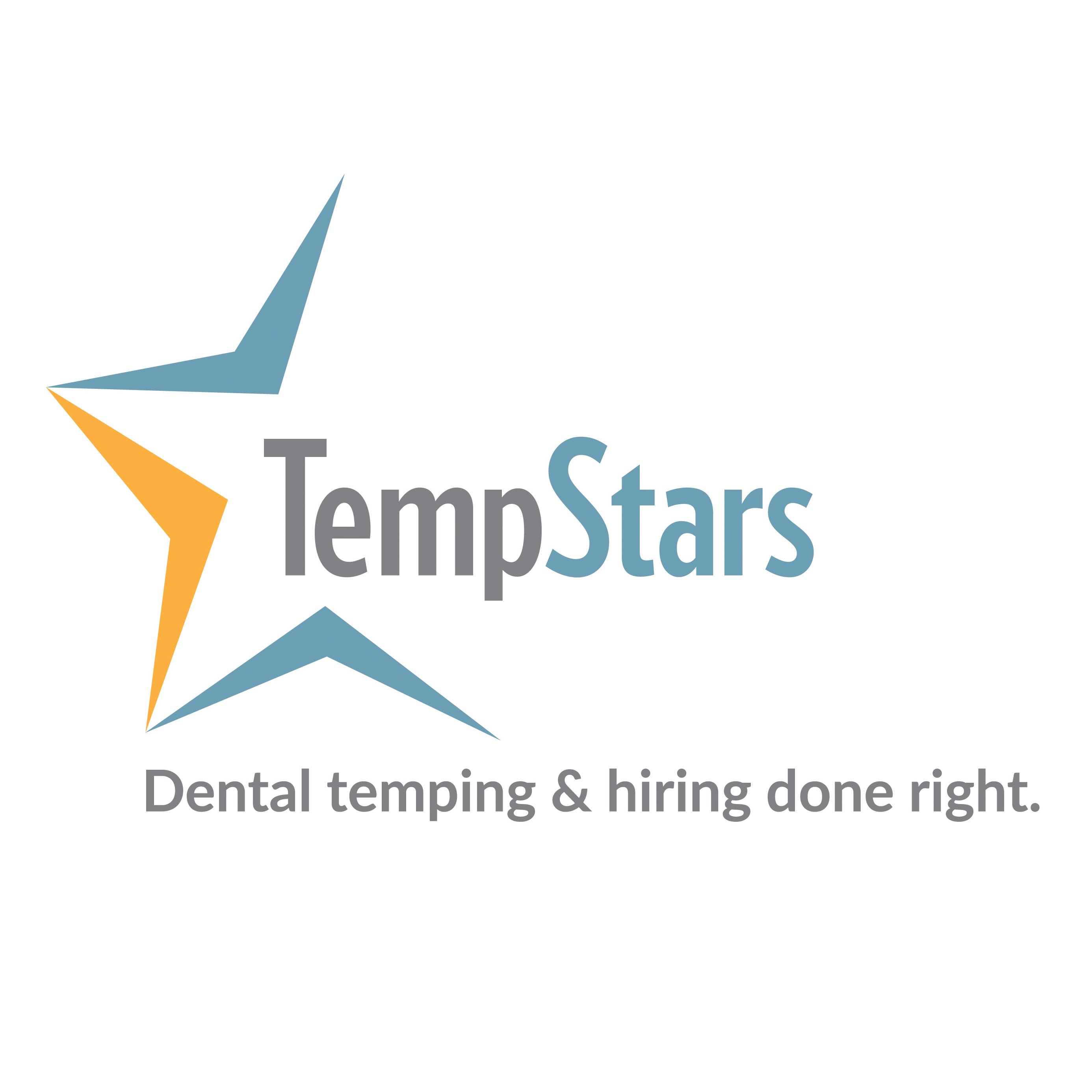Are you a Dentist or a Dental Office Manager looking to build a great team?
You may be asking yourself, “Where do I start? How can I ensure I select the right candidate?”
The many questions and frustrations lingering in your mind about the hiring process can make for a daunting experience. James Younger DDS Founder/CEO, TempStars recently wrote a featured article, ‘Level Up Your Leadership: 5 Ways Top Dental Leaders Build Great Teams‘. James shares some insights about how we at TempStars are seeing top offices find and retain the best people.
Read the 5 tips that James offers below.
Tip #1 – Start looking early, and be clear
Especially when your dental team is on the smaller side, everyone is crucial. There are no ‘role redundancies’ and it’s very disruptive to cover for a missing team member. And when a key person is missing, it’s a stressful scramble. It’s not fun being in a pinch and feeling desperate to just hire the first qualified candidate who comes along. Sometimes this is unavoidable, but ideally you have some time to create a clear Job Description and set up performance expectations and accountabilities for the new role/hire.
There are a number of important reasons for doing your best to be organized and calm, taking your time to find the right candidate:
- You can maximize your chances of finding the best fit for your team
- During the interviews you don’t end up coming across too eager or desperate to fill the position, which can deter great applicants during the interview process
- You have time for your top picks to meet the team and do a working interview
- You have time to follow a hiring system – phone screenings, initial interviews, second interviews, working interviews and job offer. It’s hard to do these if you’re in a tight spot.
So as much as possible, try to be organized and prepared when you’re looking to add a new team member.
Tip #2 – Hire slow, fire fast
Again, it’s tricky sometimes but take your time in finding and hiring the right person for the position. Have other trusted team members interview top candidates. Some candidates are very good at interviewing, but that doesn’t necessarily translate into performance success in the role. Really try to take the time for a working interview or some other way you can assess how the person will actually perform on the job and interact with your team.
Having a clearly defined team mission, office vision and values will really help you to know if your new team member is going to be a good fit. The better you know yourself and your team culture, the better you can communicate these to candidates and assess whether they are a good fit.
You’ll know in the first 90 days if the person is working out at your office. It’s impossible to overstate how important proper on-boarding, training, coaching and support are for a new candidate in those first 90 days. Doing that right will really set the person up for long-term success. That being said, if you’re doing all those things correctly and you (or your trusted team) is having doubts about someone after 90 days, it’s likely you’ve got the wrong person.
It’s easy to avoid the difficult conversations and hope the person improves over time, but if you’ve done everything right in the on-boarding and you’re still having second thoughts after 90 days, it’s likely things won’t improve over time. It most cases, it’s better to make the change sooner than later.
Tip #3 – Establish a great reputation for your office
Your reputation as a “great office to work at” among dental professionals is probably your strongest asset in finding and retaining the best available talent.
People want to work in great environments with skilled, friendly, supportive and energetic teammates. And good people attract other good people. So if you’re a good office with strong leadership, effective management and a healthy culture, inevitably you’re going to have an easier time finding top performers.
If you are such an office, one great channel for finding new team members is asking your existing team. If you’ve got great people who love working at your office, they would likely be happy to put out ‘feelers’ to see if any of their friends or colleagues are looking. It’s common practice to offer a ‘recruitment bonus’ to anyone on the team who refers a new hire that makes it past the 90-day mark.
Tip #4 – Build and/or refine your on-boarding systems
Sometimes the ideal candidate knocks on your door, and sometimes they just aren’t out there. Either way, a solid and clear 90-day on-boarding program will significantly increase the likelihood a new hire will succeed on your team. For example, if your on-boarding is “figure it out and sink or swim”, maybe 20% of new hires will succeed and be great members of your team. While this is a common approach, it really limits how many people can succeed long-term.
But if you have an effective on-boarding program, coaching and feedback system for new hires, you dramatically increase the size of the successful hiring pool. Taking the time to build an on-boarding program will pay off for years and ensure that you’re drawing from the largest possible pool of potential new team members. Common components of on-boarding systems include:
- Clear job description and employee handbook
- Setting the new hire up with an experienced mentor
- Having everything new hire needs to succeed on day one (computer login, tools/equipment, uniform, locker) as relates to your office.
- Regular coaching feedback sessions – daily for the first week, then 2-3x per week for the following 2 months. Check in often to see how the new hire is doing, if there are any sources of confusion, and nip any early bad habits in the bud.
- Clear performance expectations and goals for the first 90-days, so you can compare expectations against actual performance milestones. Try to make these as objective and measurable as possible.
Tip #5 – Provide ongoing coaching
Especially in the first 90 days of a new hire, make sure you’re checking in daily to see how they’re doing, and provide guidance, coaching and feedback. If you let small things go uncorrected early on, it has a reinforcing effect that can be damaging – “I did this and nobody said anything, so I guess that’s right.”
Make it clear to them and let them know that you’ll be doing this, so they don’t perceive it as micro-managing or that they’re failing in their role because of all the feedback.
To avoid being negative, consider a common business technique: the feedback sandwich. Start with a positive/compliment, then point out an area for improvement, then end with another positive/encouragement. This trains you not to just continually focus on problems, and helps your new hire remain engaged without getting discouraged.
When it comes to more formal reviews, don’t save all the negative feedback for a semi-annual (or worse, annual) review. This never goes well. It’s better to have an ongoing flow of coaching and feedback to keep things on track. Annual reviews are also subject to something called “recency bias”, which means the feedback typically focuses on the most recent performance, instead of the whole year. With frequent coaching, the feedback during an annual review shouldn’t surprise the person when they learn what you think of their performance.
See the full featured digital article in Oral Health Group here: https://www.oralhealthgroup.com/features/level-up-your-leadership-5-ways-top-dental-leaders-build-great-teams/













